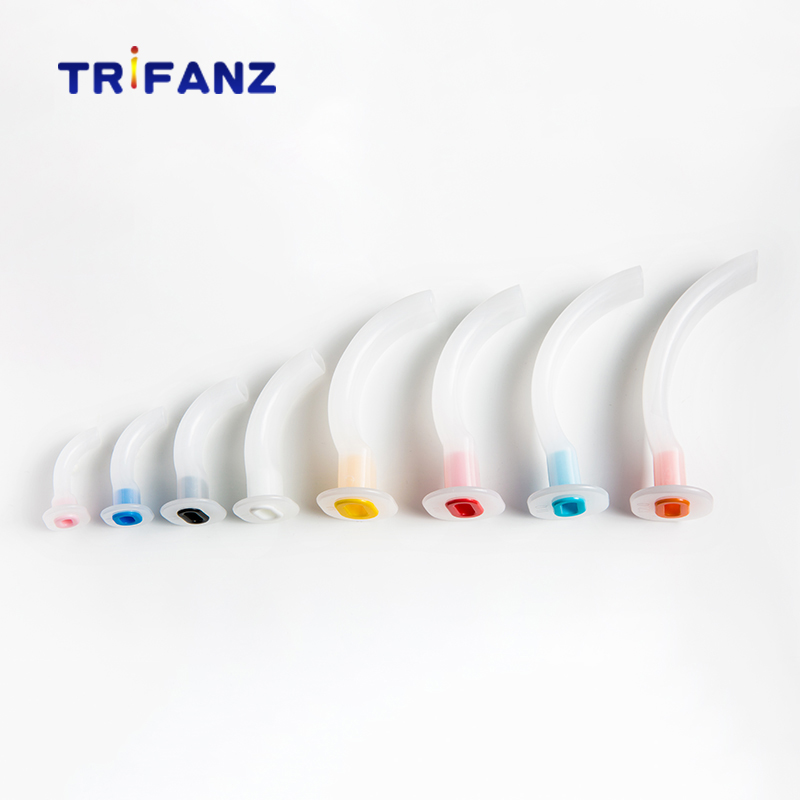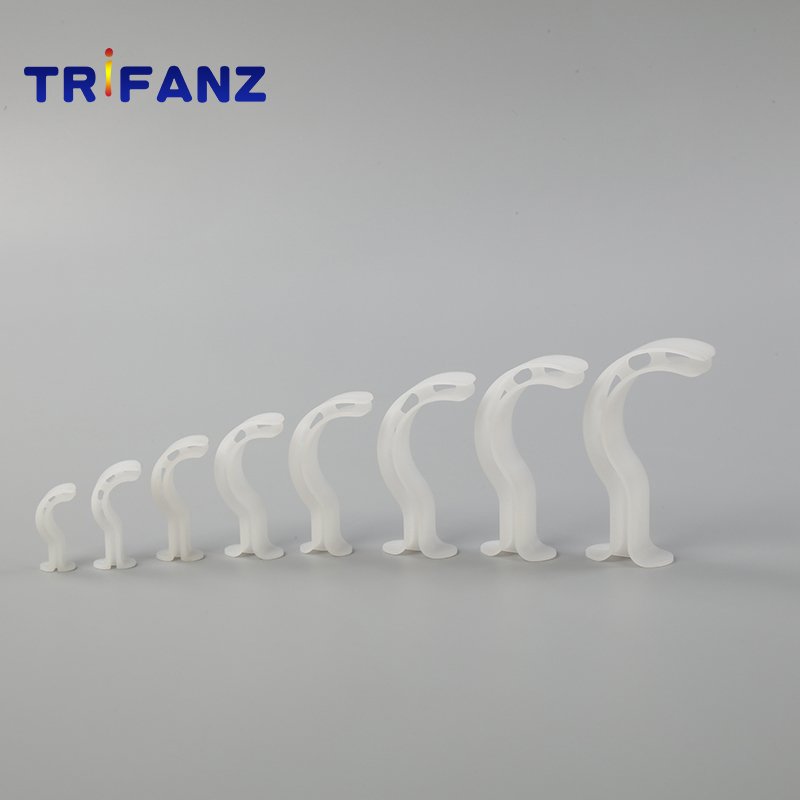1 The northern region is suitable for cultivation in winter greenhouses The optimum temperature for the growth and development of edible cactus is 25-35°C. If it is below 5°C, it will stop growing. Below 0°C, it will die from freezing injury. Temperature above 40°C is also not conducive to its growth. Therefore, in the Yangtze River basin, In the northern region, in order to ensure that the cactus grows continuously for many years and that it can be taken to people's tables in the winter season when the vegetables are supplied in the off-season, protective cultivation must be carried out. Generally, warm winter greenhouses with good insulation properties should be selected. If semi-circular arches are used, stoves should be warmed in cold winters. 2 Soil Fertilization 7 to 10 days before planting, clean the greenhouse, deepen the soil, apply a certain amount of pesticides and bactericides, and pour the soil into the soil to make it easier to kill germs and eggs. The pH value of the soil is preferably 6-7. After the site preparation, it should be dried for more than 7 days. Preparation of 3 types of tablets First, it is necessary to collect seeds at the original breeding base. When the seeds are ripe, they can be harvested and used for harvesting. When harvesting, mature palms are cut with a knife. In order not to destroy the mother, mature palms are cut at 2 mm from the mother's grasping sheet, and then the seeds are dried. deal with. The newly harvested seeds need to be air-dried before they can be planted. When drying, it is necessary to keep the roots facing upwards, under the conditions of good ventilation, light, and temperature. Generally, it should be dried for 7-10 days. Jiaodong region can be dried for 7 days in 5--6 months. When the wounds on the seeds are healed, they can be transplanted by cuttings, so that the decay of the wound can be prevented and the seeds can survive. 4 Colonization Well, after the seeds have been processed, they can be planted. Mibangta edible cactus root can not be soaked in water for a long time, otherwise it is easy to cause root rot. At the same time, in order to facilitate field management, cactus should be cultivated in the protected environment. The height is 25 cm, the width is 80 cm, the width is 40 cm, and the bottom of the groove and the surface must be leveled. In order to ensure that the cactus pieces are evenly distributed on both sides during the growth period, they can be made into slanting slants with an inclination of 5 to 10 degrees to the east. Edible cactus colonization using seed cuttings. Planting period is generally controlled in the spring and autumn. In order to stabilize the soil temperature above 10°C at a depth of 10 cm in the shed, the average daily temperature is above 15°C, and the minimum temperature within the shed is above 5°C. The planting density is preferably 2000--2400 pieces per mu. In order to ensure warming and slow seedlings in the greenhouse, it is generally necessary to plant plants from 9am to 3pm. First, dig a hole on the rake in accordance with the spacing of the plant, and then implant the seed. When planting, it is best to bury one-half or two-fifths of the seed in the earth, about 15 cm deep. What should be reminded here is that, when planting seedlings, do not put the seedlings directly in contact with the fertilizer that is not decomposed to prevent burning of seedlings. Pay attention to the bottom of the piece to be down, do not invert, because the palm piece is flat, and the planting direction is north-south longitudinal, ie, the palm piece is facing east, west facing, north and south as its vertical axis, pay attention to slightly deviate from the vertical axis 10- -20 degrees, so that both sides of the palm are evenly shaded in the morning and afternoon of the day. Depending on the region, the best angle can be calculated from the difference in the solar altitude. 5 Reasonable watering and timely drainage Edible cacti endure drought, water management is the key to prevent rotten seedlings. In the initial stage of colonization, no watering can be performed within 20 days after planting to promote rooting of the seeds. When the soil is planted, the soil does not disperse and it is not suitable for the group. If the soil is too wet, there will be a large number of anaerobic bacteria in the soil, which will cause the pieces to rot. After rooting, the water should be replenished according to the soil conditions, and the method of furrow irrigation should be adopted. The water depth in the ditch is 10 centimeters, and the height of the clam is 15 centimeters. Remember that you can't collect water on your face, otherwise it will be bad. When the local table below 15 cm soil does not form a group, furrow irrigation can be performed. The depth of water in the ditch should not exceed 10 cm, so as not to submerge the seedlings. Rainfall can be used in areas and seasons with heavy rainfall. In short, the edible cactus is afraid of embarrassment, it must not be flooded with water, and it must be drained in time after the rain. As the temperature drops, stop watering. When the cactus is in a dormant state, as long as the soil does not dry, do not water it. 6 Scientific fertilization Although cacti are drought-tolerant, poor-tolerant and have strong vitality, artificial planting has certain yield and quality requirements, so scientific fertilization is necessary. The deficiency of cactus is due to its thin and curved palms and cannot become a commodity. Fertilization is mainly based on cow dung. Fertilizers with high nitrogen content are not suitable. First, the base fertilizer should be applied. The base fertilizer should be mainly composed of fully decomposed organic fertilizers, supplemented by phosphorus and potassium fertilizers, and can be applied as compound fertilizer. Followed by timely top-dressing, in addition to the base fertilizer applied again twice. One time is a strong seedling fertilizer. After the seeds grow to a depth of about 6 cm, the fertilizer is chased once. Another time is post-harvest fertilizer. After the harvest, the mother is allowed to continue to grow and grow fertilizer. Generally, each application of compound fertilizer 15-20 kg per acre can also be followed by organic manure such as human waste or urine, or a combination of water and fertilizer. The lack of fertilizer during the palm growth process should be timely fertilizer. Before spring, apply fertilizer and water before winter. No fertilizer is required during the dormant period. 7 Trimming Pruning Artificial cultivation, pruning is an effective means of high-yield cultivation. When cultivated as a breeding seed, the second generation palm leaves can be left with 2, 3 pieces. The mother's palm surface grows without leaving, and it is retained on the top or both edges of the seedling in the same direction as the mother's body. Remain strong and residual, the rest of the wrong direction, defective films, deformed films, weak pieces must be trimmed. Strengthening the second generation is the basis for high yields. Never avoid all the buds due to their care and let them grow. This will cause the development of palms and affect the overall production of the cactus. The third generation, the second crop, can leave 4-6 pieces of young shoots as appropriate. The situation will be similar in the future. Under the condition of timely management of water and fertilizer, at least three kinds of seeds can be picked per year for each species, and the temperature can be adopted when appropriate. Four miles. With the extension of the growth period of the edible cactus, its roots are more and more developed, and after each harvest, more sprouts will sprout, that is, more and more prosperous. When cultivated as a commodity, it is not appropriate to leave more sprouts. For buds that are close together and in poor locations, they must be removed promptly to ensure that the tender pieces grow straight and have good commodity properties. Harvest of cactus stems. After 25 to 30 days after germination, there are no obvious lesions or lesions on the palms. The best harvesting period occurs when the third or second offshoots fall off. The older the stems are, the higher the acidity is. A year can harvest about 8 slices of vegetables, per mu more than 12,000 kilograms. Palms used for deep processing should be timely harvested according to different requirements. 8 Pest control Through observing and researching in the past two years, there are few diseases and insect pests in the edible prickly pear clams of Mibanganta. However, due to the effects of ventilation, light, and various other factors under protective cultivation conditions, the seedlings themselves are relatively tender, and therefore they are easy to produce. Yellow rust, rotten seedlings and other physiological diseases. First of all, more phosphorus and potassium fertilizers should be applied to improve the disease resistance of plants and prevent the excessive use of nitrogen fertilizers. Secondly, when pests and diseases occur, they should be controlled with high-efficiency and low-toxic biological pesticides. 9 Weeding and planing Weeding and weeding should be done in time to prevent weeds and cactus from competing for water and fighting for fat. After several years of growth, the decomposed cow dung can be applied to the root of a cactus with a thickness of 30 cm, both grazing and fertilizer. Mibangta has a high yield of edible cacti, which is generally planted with 2,000 acres in Mu. Each year, 10 pieces of standard seeds are grown. The edible cactus planted in greenhouses can produce 10,000 kilograms of produce per year, and can be harvested continuously for 15--20 years.
An oropharyngeal airway (oral airway, OPA) is an airway adjunct used to maintain or open the airway by stopping the tongue from covering the epiglottis. In this position, the tongue may prevent an individual from breathing.
Guedel Airway
Maintains airway through the oral cavity and pharynx
Oropharyngeal Airway,Oral Pharyngeal Airway,Medical Oropharyngeal Airway,Opa Airway Hangzhou Trifanz Medical Device Co., Ltd , https://www.cfzmeds.com
a. Made of semi-rigid non-toxic polyethylene.
b. Bite block and tongue depressor,Rigid bite block helps keeping the victims airway from collapsing
c. Size: 000, 00,0,1,2,3,4,5,6

Atraumatic soft-rounded edges
Smooth inner and outer surfaces
Side channels provide access for suction catheters
Flexible to ensure dental protection